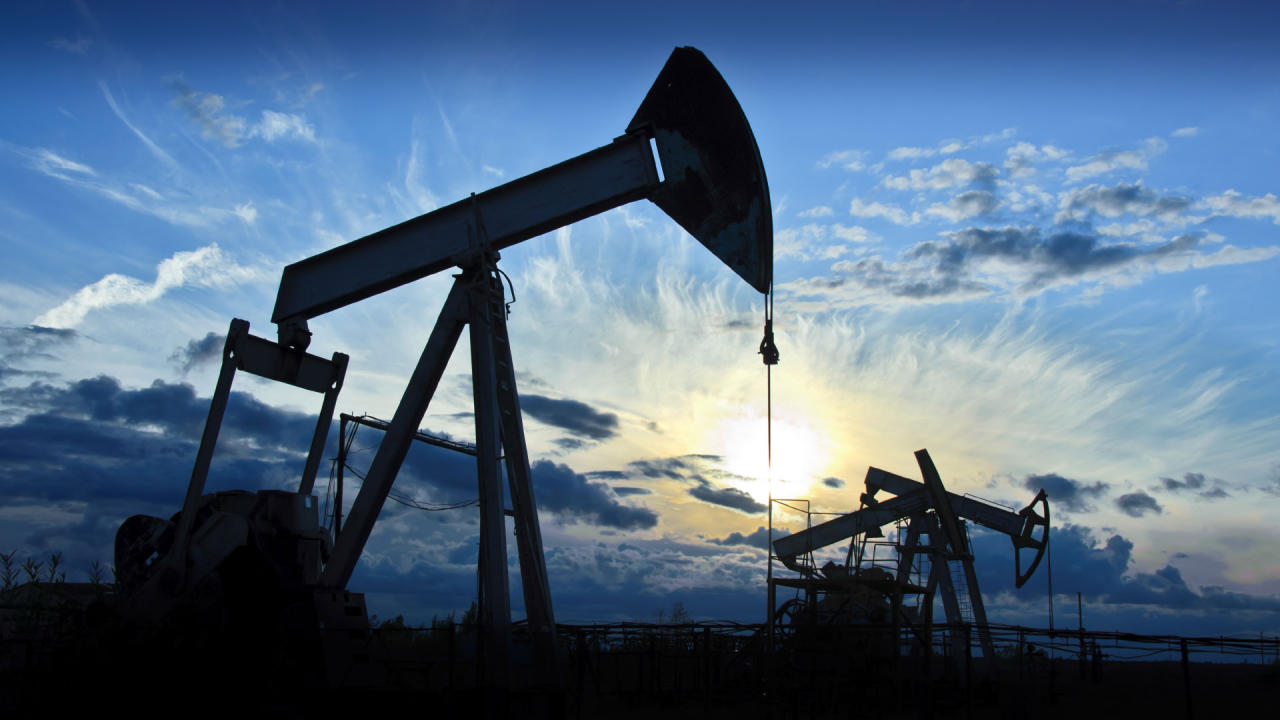The rise of oil
April 24, 2018 | Expert Insights

For the first time since 2014, the price of oil shot up to $75.20 per barrel on April 24th, 2018. The rise in oil prices has been attributed to cut in oil production by OPEC nations as well as geopolitical tensions.
Can this affect the Indian economy?
Background
Oil prices have been one of the most watched trends in economics during the 21st century. From 2000 to 2008, the price of oil saw an unprecedented spike, going from under $25 per barrel to almost $150 per barrel. Rapidly increasing demand in emerging economies such as China and India and production cuts by the Organization of Petroleum Exporting Countries (OPEC) in the Middle East drove the price of oil to record heights.
From 2010 until mid-2014, world oil prices were around $110 a barrel. However, the price of oil has fallen significantly in the recent years. It is now around $60. To address the sluggish prices, OPEC nations came to an agreement in November 2016 to cap their output until the oil glut was reduced. In May 2017, they agreed to extend that deal by nine months. This isn’t the first-time oil prices have been severely hit due to a glut. Prices of oil fell in the 80s due to falling demand. It resulted in a six-year decline in the price of oil.
In November, due to various factors, price of oil rose to its highest since mid-2015. Brent crude futures LCOc1 were up 59 cents at $61.53 per barrel having hit a session peak of $61.70 earlier. On December 2017, OPEC as well as Russia announced that the nations would continue to maintain the output cut till the end of 2018.
On January 2018, for the first time in three years, the price of oil reached a record high of $70 per barrel. The last time oil was valued this much was in December 2014. Sparked partially due to sharp decline in the global equity markets, oil prices fell for a sixth day on February 9, 2018. The price of Brent oil was at $64.34 a barrel, down from $64.90 and U.S. WTI crude was at $60.53 from $61.25.
Analysis
On April 24th, 2018, international oil prices hit their highest levels since late 2014. The price of oil climbed higher than $70 and Brent crude futures, the international benchmark for oil prices, climbed as high as $75.20.
The price of oil has been increasing in part due to the cuts by OPEC but also due to rising tensions in the Middle East. Some analysts and officials believe that oil prices could hit $80 this year, although such a price would probably be due to the geopolitical risk premium rather than market fundamentals.
Some analysts have reported that Saudi Arabia, the de facto head of OPEC, wants to bring oil prices to $100. However, this ushers new fears that such a rise would result in another glut – therefore causing oil prices to drop dramatically once again. “I think $65 to $75 is more realistic numbers for the rest of the year, but there are so many factors that can change that,” Mohammed bin Hamad Al Rumhi, the oil minister of non-OPEC participant in the production cut deal, Oman, told CNBC. “In my opinion, where we are is not too bad and we can live with it. That’s $65 to $75, give or take, for the foreseeable future,” said the minister.
“The fear of geopolitical risk, and the reality that supply will tighten again this week, brought the market back,” said Phil Flynn, senior market analyst at Price Futures Group. "Crude prices are now sitting at the highest levels in three years, reflecting ongoing concerns around geopolitical tensions in the Middle East, which is the source of nearly half of the world's oil supply," ANZ bank said on Tuesday.
"Oil strength is coming from Saudi Arabia's recent commitment to get oil back up to between USD 70 to USD 80 per barrel as well as inventory levels that are back in the normal range," said William O'Loughlin, investment analyst at Australia's Rivkin Securities.
“The tensions between Houthi rebels and Saudi Arabia have definitely been underpinning futures prices over the last two weeks, even though the conflict has received less attention that the Syrian/Russian headlines,” said Tyler Richey, co-editor of the Sevens Report. “Whenever there is a headline involving Saudi Arabia and military action, the oil market notices.”
Meanwhile, Saudi Energy Minister Khalid al-Falih recently stressed that it's too soon to declare mission accomplished when it comes to oil prices.
Assessment
Our assessment is that as conflict continues to rise in the Middle East, there is a possibility of oil prices increasing even higher. However, the increasing production from US could offset the rise and prevent it from reach $100 per barrel. With regards to India, rise in oil prices would negatively affect the Indian economy. India, which depends on imports to meet 80% of its oil needs, will have to spend approximately Rs 9200 crores more every year for a one dollar per barrel increase in crude prices. The prices of diesel and petrol have already risen in 2017 in India. What would 2018 bring about and how will it affect the common man?








Comments